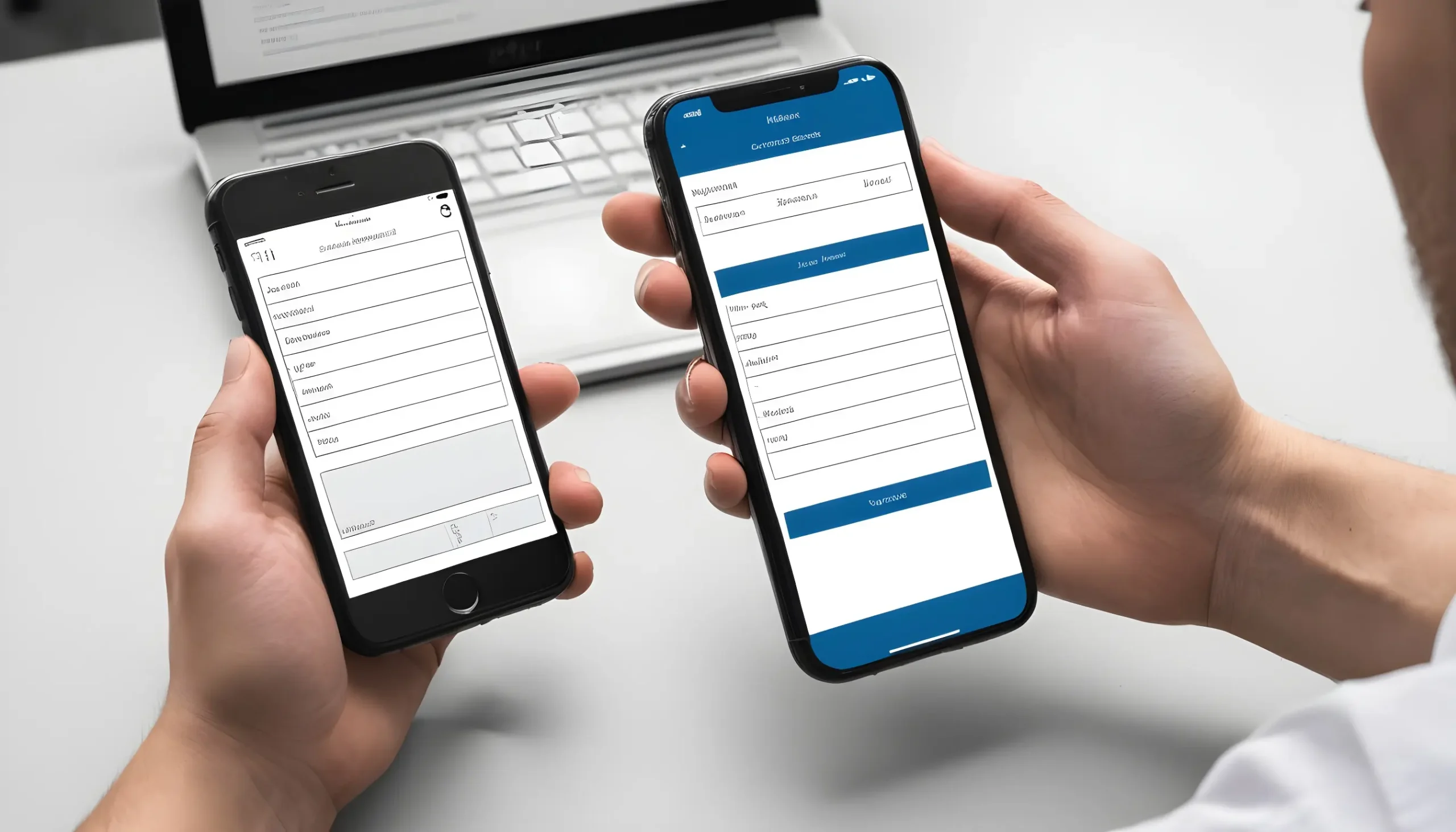The Need
The deployment of advanced Optical Character Recognition (OCR) is crucial for scanning handwritten text in multiple languages simultaneously, facilitating the digitization of a wealth of information input by various human stakeholders throughout the service chain. Given that maintenance workers often provide textual comments about their services in a mix of local languages and English, the integration of an advanced NLP framework becomes crucial for accurately extracting multilingual characters promptly. A multimodal AI-based rule engine empowers O&M managers to define rules based on language constructs, textual thoughts, phrases, and sentences, thereby revolutionizing decision-making automation among O&M teams in diverse industries and enterprises.
The Challenge
In the traditional process, when maintenance managers at the maintenance hub needed to locate specific information within the service reports, they were required to manually sift through the printed reports, reviewing each one to identify the relevant details. This manual search process consumed an average of about 4 hours to locate specific information within a file containing 1000 service reports. This proved to be a cumbersome and time-intensive task for the office administrators. In response, our client was resolute in leveraging advanced AI technologies to streamline and significantly reduce the time required for these manual searches
The Solution
Sensfix swiftly enhanced its SDM – ServiceOCR Pro to accurately extract cursive characters in both Korean and English from service reports. In the maintenance hub, office administrators grappled with the task of compiling historical paper-based service forms, meticulously organized in paper folders. This process involved scanning forms into PDFs or capturing photos via smartphones, saved as images. The user-friendly web interface of SDM – ServiceOCR Pro empowered office admins to effortlessly upload images or PDFs with a simple click, presenting the output as an editable document for user customization.
Acknowledging the inherent variability in handwritten characters, where each person possesses a unique style, even the most advanced OCR models couldn’t ensure 99%+ accuracy. To tackle this challenge, a pragmatic hybrid solution was introduced. AI generated the initial draft of multilingual character recognition, with characters of acceptable accuracy and those without systematically highlighted on the output editable document. This enabled office admins to promptly review and rectify inaccuracies, requiring a one-time effort from our client’s office admin team to digitize all their historical paper-based service forms.
Looking ahead, a mobile app add-on was introduced for service personnel. Following service report completion, personnel scanned paper forms and made necessary corrections themselves.

This ensured that both present and future form generations were digitized at the source, directly by respective service personnel on the ground.
Through these channels, the digitized data is now accessible for different stakeholders to establish rules, automating decision-making and facilitating the creation of instantaneous alerts and first responses. The digitized forms can be stored as ASCII text or in Microsoft Office versions, seamlessly integrating into the company’s existing databases and management systems. This streamlines data retrieval, analysis, and reporting, leading to more efficient data management
Outcomes
The implementation of the Sensfix solution yielded a significant reduction in the average time required to locate specific information within a file containing 1000 service reports, decreasing from 4 hours to just 1 hour.’
- Elimination of manual data entry errors, as service personnel now actively participate in customizing the digitized output, ensuring accuracy and reliability.
- Streamlined workflows across industries that previously relied on manual data collection methods.
- Increased efficiency in data processing and management, leading to more prompt and effective handling of information.
- Improved accessibility to and analysis of collected data, facilitating better decision-making and strategic insights

